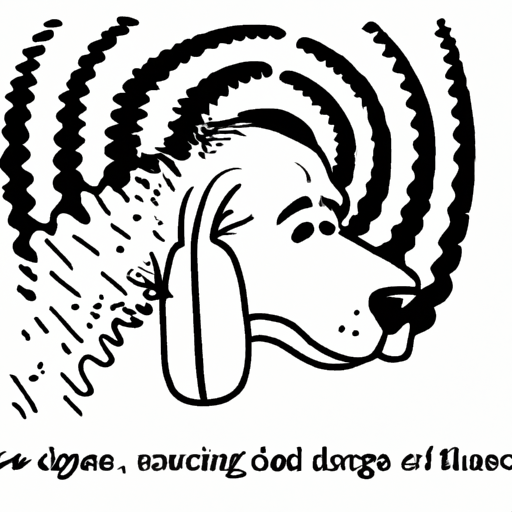As a caregiver, you’re always looking for ways to make your dog comfortable and safe. Understanding the frequencies that dogs dislike is an important factor for their overall well-being. In this article, we will discuss these frequencies, why dogs hate them, and how to avoid exposing your dog to such frequencies.
Understanding Frequencies That Dogs Hate
Dogs have a much wider range of hearing frequencies than humans. Their hearing range is approximately 40 Hz to 60,000 Hz, compared to humans, who hear in the range of 20 Hz to 20,000 Hz. However, not all frequencies within this range are pleasant for dogs. High-frequency sounds, typically those over 20,000 Hz, can be uncomfortable for dogs.
To put it into perspective, here’s a comparative table of frequencies that dogs and humans can hear:
| Frequency Range | Humans | Dogs |
|---|---|---|
| Low Frequency (Hz) | 20 | 40 |
| High Frequency (Hz) | 20,000 | 60,000 |
Reasons Dogs Hate Certain Frequencies
- Painful to their ears: Dogs’ ears are much more sensitive than ours. Frequencies that we find normal could be painful for them. High-frequency sounds can sometimes cause physical pain to dogs and other animals.
- Overwhelming: Dogs can hear sounds that are inaudible to us. This means they’re constantly exposed to a lot more noise than we are. Certain frequencies, especially high ones, can be overwhelming for dogs causing them distress or anxiety.
Identifying High Frequencies in Everyday Life
Everyday items in your home could be emitting high frequencies that are unpleasant for your dog. Some of these include:
- Vacuum cleaners
- TV remotes
- Dog whistles
- Certain mobile apps
- Ultrasonic pest repellers
How to Protect Your Dog from High Frequencies
As a caregiver, protecting your dog from distressing sounds is crucial. Here are some strategies:
- Avoid using devices that emit high frequencies around your dog: If it’s not necessary, try to avoid using devices like ultrasonic pest repellers around your dog.
- Provide a safe space: If you can’t avoid using these devices, ensure your dog has a safe space to retreat to where the sound is less intense.
- Use noise-cancelling solutions: Products like noise-cancelling headphones for dogs or white noise machines can help mask distressing sounds.
Frequently Asked Questions
Q: What frequency are dog whistles?
A: Dog whistles typically emit sound at frequencies between 23,000 Hz to 54,000 Hz.
Q: Can high frequencies harm my dog?
A: While not typically harmful, high frequencies can cause discomfort and distress to your dog.
Q: How can I tell if a sound is bothering my dog?
A: Signs may include whimpering, barking, hiding, or showing signs of anxiety.
Remember, as a caregiver, it’s your responsibility to ensure your dog’s comfort and safety. Understanding these frequencies and how to manage them can significantly improve your dog’s quality of life.



